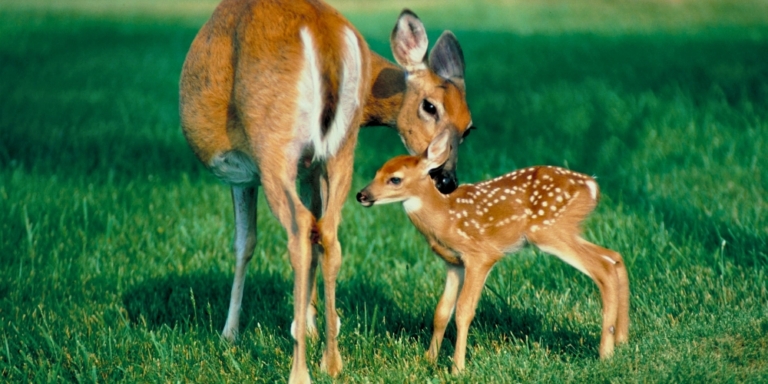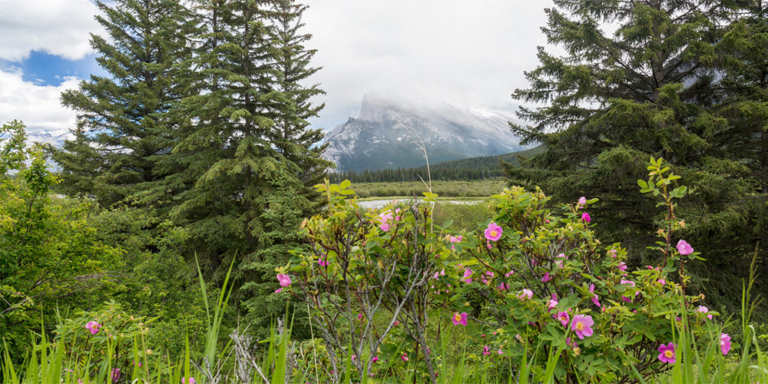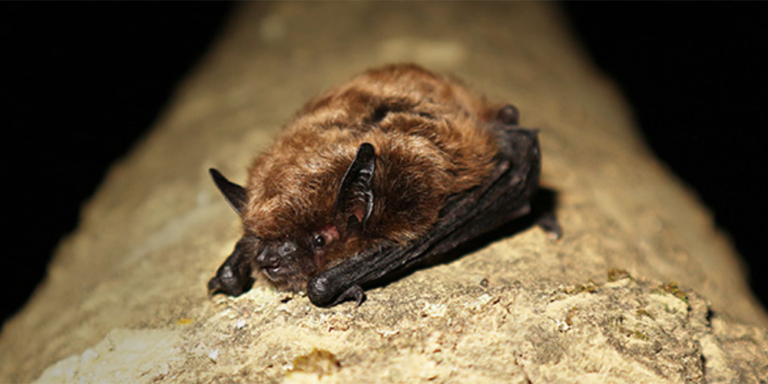A young bull elk that broke through the ice in Banff raised tensions among bystanders watching the event.
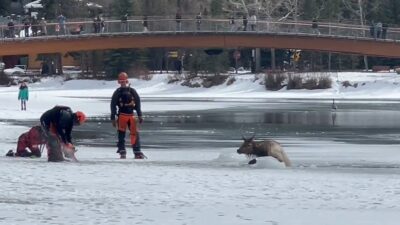
The elk was walking on the frozen Bow River when it fell through the ice.
The distressing sight drew crowds of tourists and residents to the river bank, where they watched the elk struggle for its life.
Thankfully, wildlife crews were quick to act.
The crew used chainsaws to carve a path through the ice for the elk, but it wasn’t enough.
Exhausted and panicked, the young elk needed some extra help.
The rescue crews tried unsuccessfully to throw a harness around the elk’s antlers.
As crews worked to save the animal, children in the crowd chanted, “Save the elk!”
Staff then managed to snag the elk’s hind legs with the harness and pull the animal to safety.


One rescue staff was in the water, helping push the elk get to shore.
After some time, the elk left the area.
“The safety of staff and wildlife is a priority and Parks Canada is pleased that this incident has a positive ending,” Natalie Fay, a spokesperson for Banff National Park, told Rocky Mountain Outlook.
It’s not uncommon for large animals like elk to fall through the ice in the spring and fall when the ice is not as thick.
But Parks Canada can’t save every animal that falls through the ice.
In January 2021, agency staff tried to save a hypothermic cow elk that fell through the ice near Central Park.
While crew members managed to remove the elk, the animal was still on thin ice.
Staff spent almost seven hours trying to warm the animal with blankets and heaters, but it wasn’t enough to save the elk.
A Difficult Choice
In most cases, Parks Canada decides to save animals that fall through the ice in areas with lots of pedestrian traffic, like the Banff townsite.
Crew members act quickly to save the animals, preventing onlookers from putting their own lives at risk to save them.
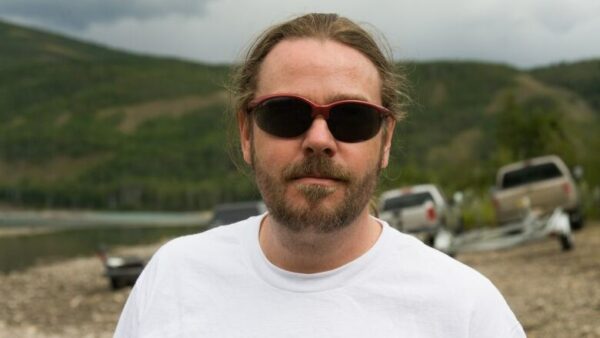

Parks Canada staff have the equipment and training needed to save animals that fall through the ice while minimizing the risk to themselves.
“This is a natural occurrence. If you see a distressed animal on thin ice, never attempt to rescue the animal or interfere in any way,” said Fay.
Staff will also remove animal carcasses from the ice to stop predators like bears and wolves from being drawn to the area.
In 2013, seven elk died after falling through the ice in the Bow River. Parks Canada moved the carcasses outside the town after discovering signs of grizzly bears and other predators feeding on the buffet.
However, not every incident of an animal falling through the ice happens in a public area like the Banff townsite.
Animals often fall through the ice in the wild without us knowing.
Even when Parks Canada is aware of a struggling animal in the wild, the agency often lets nature take its course.
While such a choice may seem heartless, there are many reasons why humans should not interfere with distressed animals.
To Save Or Not To Save
Whether it’s a badger that was hit by a car or a baby robin that fell from a nest, watching an animal suffer is heart-wrenching.


We want to do everything we can to help these animals, but are we causing more harm than good by intervening?
It’s a hot topic that is highly debated.
Last year, a visitor to Yellowstone National Park pleaded guilty to a crime that left many scratching their heads: kindness.
Clifford Walters of Hawaii was visiting the national park when he saw a bison calf struggling to cross a river.
He helped the newborn bison out of the water.
Park rangers tried to reunite the calf with the herd, but their efforts failed, and the baby bison was rejected.
Staff ultimately chose to euthanize the calf “because it was abandoned by the herd and causing a hazardous situation by approaching cars and people along the roadway,” said Yellowstone National Park in a release.
While Walters’ heart was in the right place, he violated the national park’s regulations and was fined.
Was Walters right for intervening?
The Reality Of Nature
Doug Smith, an ecologist who oversees Yellowstone’s wolf and avian management, doesn’t think so.
“The rule of thumb is that if human activity causes an animal to become injured or orphaned, we may intervene. If not—if it’s something that happened naturally—then we don’t,” said Smith.
Marc Bekoff, a retired professor at the University of Colorado-Boulder and a compassionate conservationist, is of a similar opinion to Smith.


He points out that it would be chaos for wildlife officials to try and save every animal in distress.
There are not enough resources to save every animal stuck in a river, or that falls through the ice.
Many scavenging animals also rely on animal carcasses for food.
“Animals need to be free to be who they are. Death begets life in nature. I am sorry if you are born a prey species, but that’s the way it is,” said Bekoff.
Bekoff’s words are harsh but true.
We can’t save every struggling animal, but sometimes there are exceptions.
The elk that fell through the Bow River is a good example.
The immediate removal of the elk protected public safety.
But in a natural setting, like the woods, the elk’s death would benefit the ecosystem. It would allow a wolf to feed its pups or a bear its cubs.
It’s important to remember that nature is as ruthless as beautiful.


